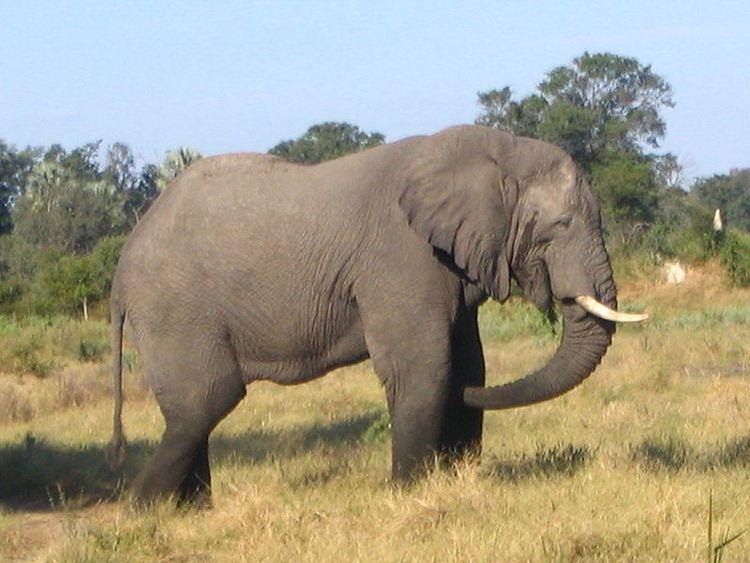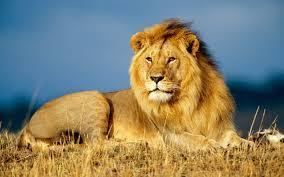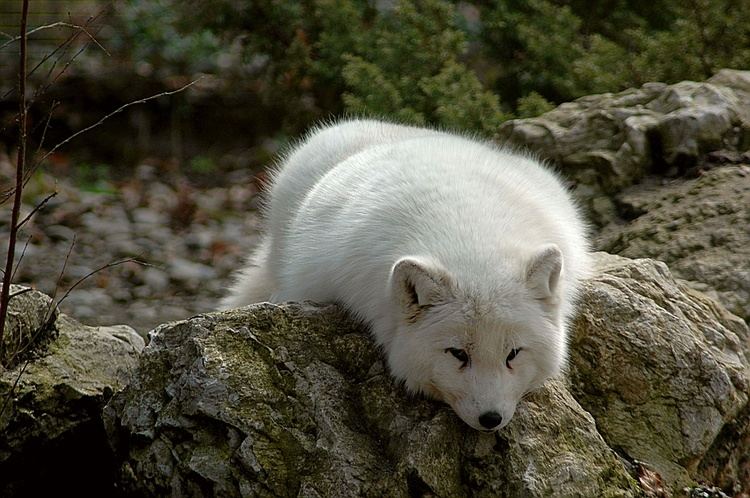Height Cat: 23 – 25 cm | Tail length Cat: 30 cm | |
 | ||
Speed Cornu aspersum: 0.047 km/h Lifespan Cat: 4 – 5 years, Cane toad: 10 – 15 years Mass Cat: 3.6 – 4.5 kg, American bullfrog: 51 g, European fire-bellied toad: 2 – 14 g Length Cat: 46 cm, Cane toad: 10 – 15 cm, Common toad: 15 cm Representative species Cat, Onychophora, Bullet ant, American bullfrog, Giant ditch frog | ||
Terrestrial animals are animals that live predominantly or entirely on land (e.g., cats, ants, snails), as compared with aquatic animals, which live predominantly or entirely in the water (e.g., fish, lobsters, octopuses), or amphibians, which rely on a combination of aquatic and terrestrial habitats (e.g., frogs, or newts). Terrestrial invertebrates include ants, flies, crickets, grasshoppers and snails.
Contents
- Terrestrial animals
- Terrestrial Classes
- Taxonomy
- Difficulties
- Terrestrialization
- Terrestrial gastropods
- References
Terrestrial animals
Terrestrial Classes

The term terrestrial is typically applied for species that live primarily on the ground, in contrast to arboreal species, which live primarily in trees.
There are other less common terms that apply to specific groups of terrestrial animals:

Taxonomy
Terrestrial invasion is one of the most important events in the history of life. Terrestrial lineages evolved in several animal phyla, among which vertebrates, arthropods, and mollusks are representatives of more successful groups of terrestrial animals.

Terrestrial animals do not form a unified clade; rather, they share only the fact that they live on land. The transition from an aquatic to terrestrial life has evolved independently and successfully many times by various groups of animals. Most terrestrial lineages originated under a mild or tropical climate during the Paleozoic and Mesozoic, whereas few animals became fully terrestrial during the Cenozoic.

When excluding internal parasites, free living species in terrestrial environments are represented by the following ten phyla: Flatworms (Planarians), Nemertea (ribbon worms), Nematoda (roundworms), Rotifers, Tardigrada (water bears), Onychophora (velvet worms), Arthropods, mollusks (gastropods: land snails and slugs), Annelida and Chordata (tetrapods). Roundworms, tardigrades, and rotifers are microscopic animals that require a film of water to live in, and are not considered truly terrestrial. Flatworms, ribbon worms, velvet worms and annelids all depend on more or less moist habitats, as do the Arthropods centipedes and millipedes. The three remaining phyla, Arthropods, Mollusks and Chordates, all contain species that have adapted totally to dry terrestrial environments, and contain species that have no aquatic phase in their life cycles.
Difficulties
Labeling an animal species "terrestrial" or "aquatic" is often obscure and becomes a matter of judgment. Many animals considered terrestrial have a life-cycle that is partly dependent on being in water. Penguins, seals, and walruses sleep on land and feed in the ocean, yet they are all considered terrestrial. Many insects, e.g. mosquitos, and all terrestrial crabs, as well as other clades, have an aquatic life cycle stage: their eggs need to be laid in and to hatch in water; after hatching, there is an early aquatic form, either a nymph or larva.
There are crab species that are completely aquatic, crab species that are amphibious, and crab species that are terrestrial. Fiddler crabs are called "semi-terrestrial" since they make burrows in the muddy substrate, to which they retreat during high tides. When the tide is out, fiddler crabs search the beach for food. The same is true in the Mollusca: many hundreds of gastropod genera and species live in intermediate situations, such as for example, Truncatella. Some gastropods with gills live on land, and others with a lung live in the water.
As well as the purely terrestrial and the purely aquatic animals, there are many borderline species. There are no universally accepted criteria for deciding how to label these species, thus some assignments are disputed.
Terrestrialization
Fossil evidence has shown that sea creatures, likely related to arthropods, first began to make forays on to land around 530 million years ago. There is little reason to believe, however, that animals first began living reliably on land around this same time period. A more likely hypothesis is that these early arthropods' motivation for venturing on to dry land was to mate (as modern horseshoe crabs do) or lay eggs out of the reach of predators. As time went on, evidence suggests that by approximately 375 million years ago the bony fish best adapted to life in shallow coastal/swampy waters (such as Tiktaalik roseae), were much more viable as amphibians than were their arthropod predecessors. Thanks to relatively strong, muscular limbs (which were likely weight-bearing, thus making them a preferable alternative to traditional fins in extremely shallow water), and lungs which existed in conjunction with gills, Tiktaalik and animals like it were able to establish a strong foothold on land by the end of the Devonian period. As such, they are likely the most recent common ancestor of all modern tetrapods.
Terrestrial gastropods
Gastropod mollusks are one of the most successful animals that have diversified in the fully terrestrial habitat. They have evolved terrestrial taxa in more than nine lineages. They are commonly referred to as land snails and slugs.
Terrestrial invasion of gastropod mollusks has occurred in Neritopsina, Cyclophoroidea, Littorinoidea, Rissooidea, Ellobioidea, Onchidioidea, Veronicelloidea, Succineoidea, and Stylommatophora, and in particular, each of Neritopsina, Rissooidea and Ellobioidea has likely achieved land invasion more than once.
Most terrestrialization events have occurred during the Paleozoic or Mesozoic. Gastropods are especially unique due to several fully terrestrial and epifaunal lineages that evolved during the Cenozoic. Some members of rissooidean families Truncatellidae, Assimineidae, and Pomatiopsidae are considered to have colonized to land during the Cenozoic. Most truncatellid and assimineid snails amphibiously live in intertidal and supratidal zones from brackish water to pelagic areas. Terrestrial lineages likely evolved from such ancestors. The rissooidean gastropod family Pomatiopsidae is one of the few groups that have evolved fully terrestrial taxa during the late Cenozoic in the Japanese Archipelago only. Shifts from aquatic to terrestrial life occurred at least twice within two Japanese endemic lineages in Japanese Pomatiopsidae and it started in the Late Miocene.
About one-third of gastropod species is terrestrial. In terrestrial habitats they are subjected to daily and seasonal variation in temperature and water availability. Their success in colonizing different habitats is due to physiological, behavioral, and morphological adaptations to water availability, as well as ionic and thermal balance. They are adapted to most of the habitats on Earth. The shell of a snail is constructed of calcium carbonate, but even in acidic soils one can find various species of shell-less slugs. Interestingly, land-snails also live in deserts, where they must contend with heat and aridity.
